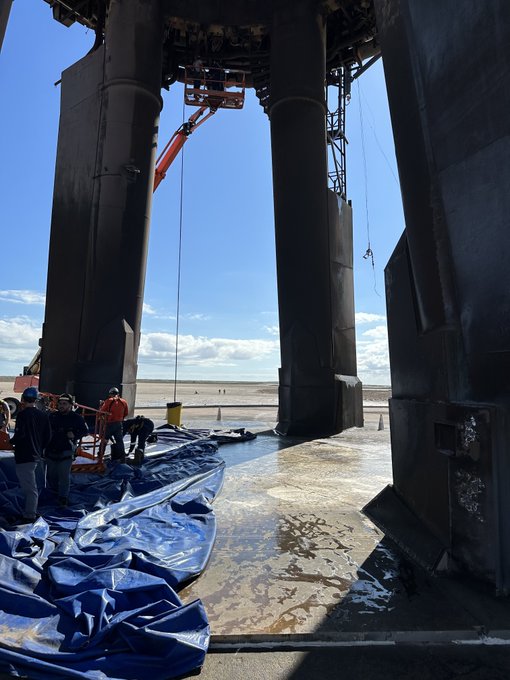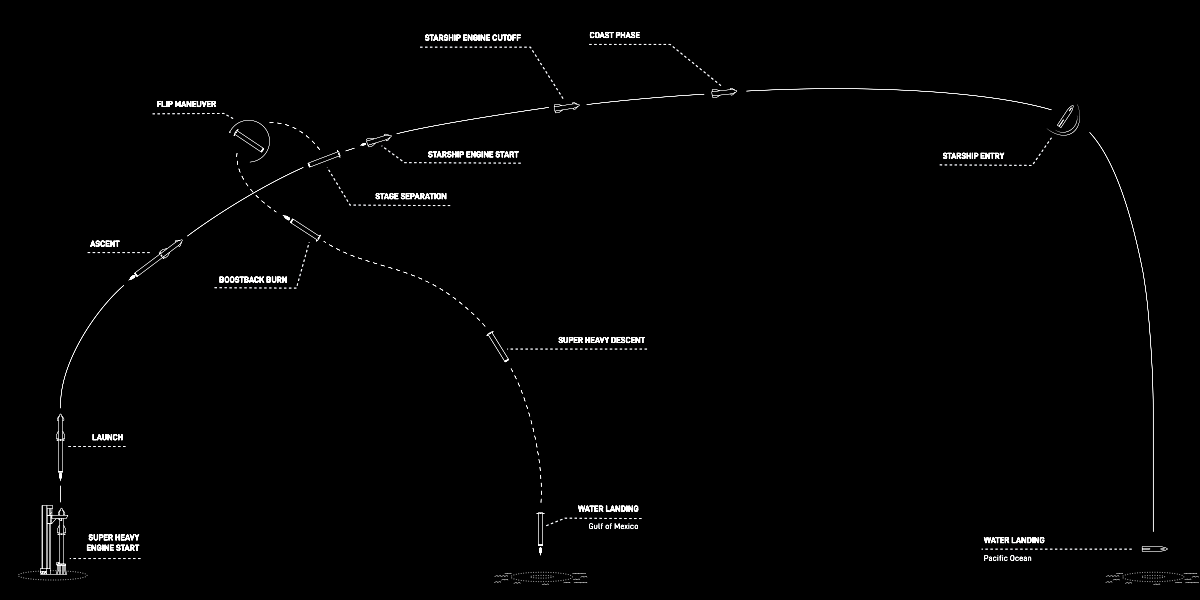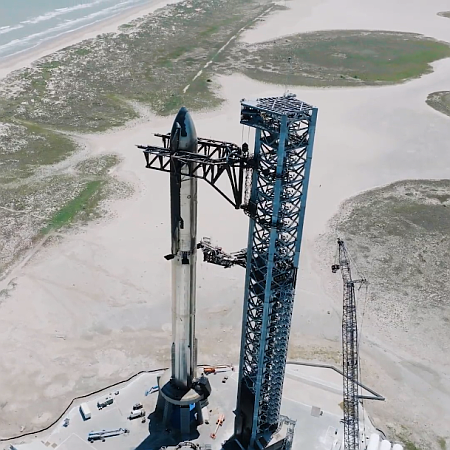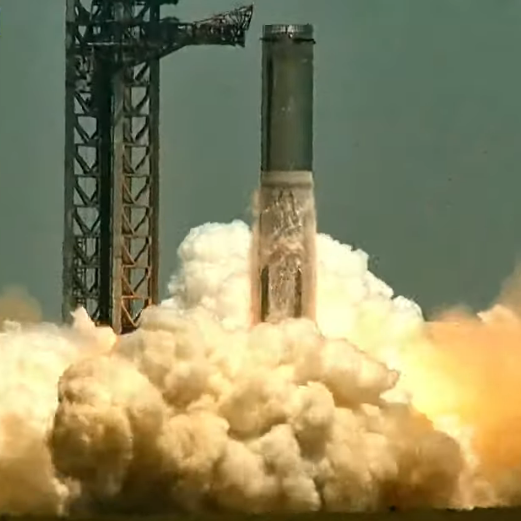Varda finally gets FAA permission to land its capsule
After more than six months of paper-pushing, the FAA has finally agreed to let the commercial in-space manufacturing startup Varda land its orbiting capsule in Utah.
After months of effort and one rejected application, Varda Space Industries said Feb. 14 it has received a license from the Federal Aviation Administration to return a capsule from its first mission.
The FAA’s Office of Commercial Space Transportation issued a reentry license for Varda’s W-Series 1 spacecraft. The license will allow the company to land a capsule from that spacecraft at the Utah Test and Training Range (UTTR) and neighboring Dugway Proving Ground west of Salt Lake City. Varda said that reentry is scheduled for Feb. 21.
…The company had hoped to return the capsule as early as mid-July, but said then was still working with the FAA to obtain a reentry license, required for any commercial spacecraft returning to Earth. One issue the company said it was facing was that it was the first company seeking a reentry license under new regulations called Part 450 intended to streamline the licensing process, but which some companies reported difficulties adjusting to. [emphasis mine]
The highlighted sentence dishonestly implies it has been the companies that are having problems adjusting to these so-called “streamlined” regulations, when the truth is that the FAA has been the one having the problem. Since Part 450 was established all FAA appovals have slowed to a crawl, when previously the FAA moved much faster.
In fact, that sentence is proven dishonest in the article’s very next paragraphs, which describe how the July approval didn’t happen because two government agencies couldn’t get their act together. Varda really had nothing to do with this lack of approval.
The capsule contains pharmaceuticals for sale on Earth that can not be manufactured in gravity. For the government to delay their return almost half a year simply because of red-tape is disgusting, especially because this delay might end up destroying the startup entirely. It is even more disgusting in that these government agencies have had had no problem approving the return of NASA capsules from space, to this very same Utah range.
After more than six months of paper-pushing, the FAA has finally agreed to let the commercial in-space manufacturing startup Varda land its orbiting capsule in Utah.
After months of effort and one rejected application, Varda Space Industries said Feb. 14 it has received a license from the Federal Aviation Administration to return a capsule from its first mission.
The FAA’s Office of Commercial Space Transportation issued a reentry license for Varda’s W-Series 1 spacecraft. The license will allow the company to land a capsule from that spacecraft at the Utah Test and Training Range (UTTR) and neighboring Dugway Proving Ground west of Salt Lake City. Varda said that reentry is scheduled for Feb. 21.
…The company had hoped to return the capsule as early as mid-July, but said then was still working with the FAA to obtain a reentry license, required for any commercial spacecraft returning to Earth. One issue the company said it was facing was that it was the first company seeking a reentry license under new regulations called Part 450 intended to streamline the licensing process, but which some companies reported difficulties adjusting to. [emphasis mine]
The highlighted sentence dishonestly implies it has been the companies that are having problems adjusting to these so-called “streamlined” regulations, when the truth is that the FAA has been the one having the problem. Since Part 450 was established all FAA appovals have slowed to a crawl, when previously the FAA moved much faster.
In fact, that sentence is proven dishonest in the article’s very next paragraphs, which describe how the July approval didn’t happen because two government agencies couldn’t get their act together. Varda really had nothing to do with this lack of approval.
The capsule contains pharmaceuticals for sale on Earth that can not be manufactured in gravity. For the government to delay their return almost half a year simply because of red-tape is disgusting, especially because this delay might end up destroying the startup entirely. It is even more disgusting in that these government agencies have had had no problem approving the return of NASA capsules from space, to this very same Utah range.





